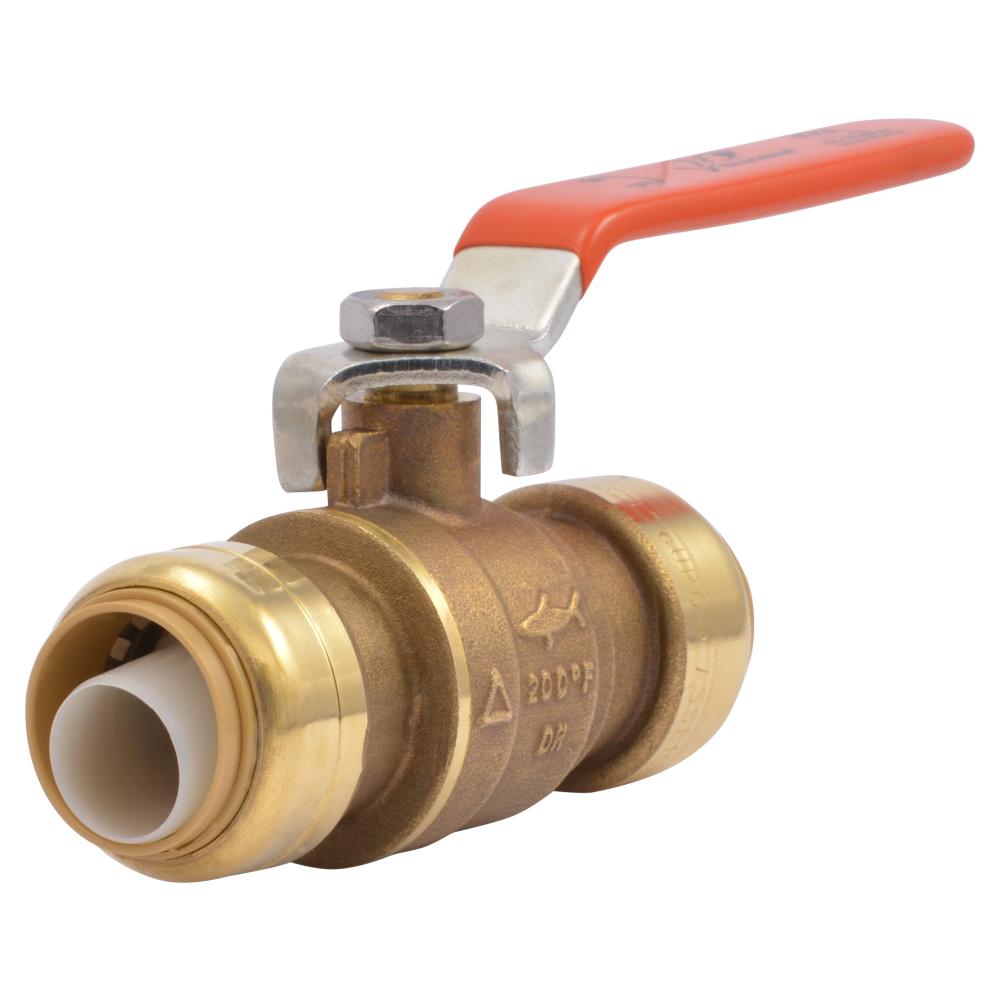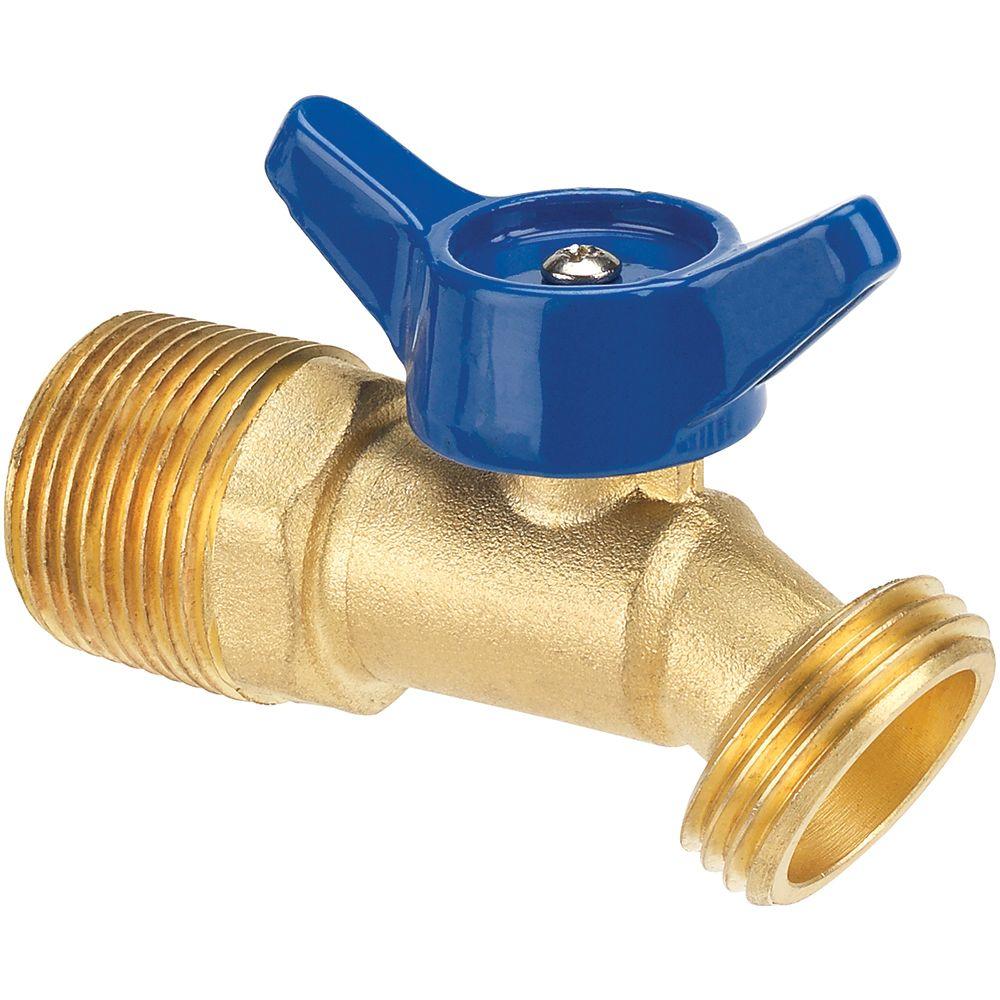Daniel N
New Member
Hi, first post and it’s kind of a weird one... I recently added a new outdoor spigot in my back yard. I live on a pond I ran about 150’ tap down to my dock area. Used 3/4” PVC, same as the main line coming into the house from the meter. I dug up my existing line next to my foundation and installed a tee. Then I put a access box down with a gate valve at the new tee so I could isolate the new line in the winter. It’s buried about 18” all the way down to the dock.
So now my issue. I have extremely high water pressure. Checks about 130 psi. I assume there is a regulator under the house because my inside plumbing has normal pressure around 40 psi. Just never located the regulator.
Anyway, the new line down by the dock has a spigot valve for connecting a water hose. When I turn on the gate valve back up near the house the new spigot just spews and will not shut off no matter how tight you tighten it. I tried 3 brand new spigots and they all do the same thing. With the hose connected and a spray nozzle you can nearly pressure wash with the thing. The only way I can stop it is to shut off the gate valve up at the house.
Anyone ever seen a new spigot that is overcome by high water pressure? I suppose the proper solution would be to install the regulator out by the meter so all of my supply is the same pressure. But I’m afraid if I do that my already regulated indoor pressure will drop. Ideas?
So now my issue. I have extremely high water pressure. Checks about 130 psi. I assume there is a regulator under the house because my inside plumbing has normal pressure around 40 psi. Just never located the regulator.
Anyway, the new line down by the dock has a spigot valve for connecting a water hose. When I turn on the gate valve back up near the house the new spigot just spews and will not shut off no matter how tight you tighten it. I tried 3 brand new spigots and they all do the same thing. With the hose connected and a spray nozzle you can nearly pressure wash with the thing. The only way I can stop it is to shut off the gate valve up at the house.
Anyone ever seen a new spigot that is overcome by high water pressure? I suppose the proper solution would be to install the regulator out by the meter so all of my supply is the same pressure. But I’m afraid if I do that my already regulated indoor pressure will drop. Ideas?


